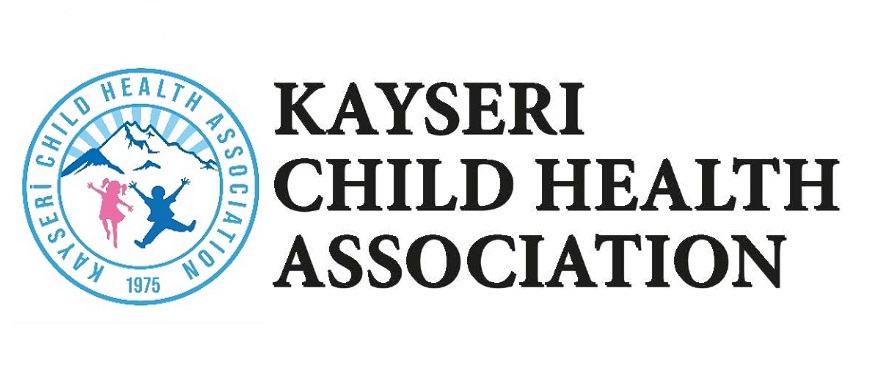Retrospective Analysis of Transfusion-Related Adverse Reactions: A 15-Month Study of a Single Center’s Experience
Transfusion-Related Adverse Reactions
DOI:
https://doi.org/10.4274/jpea.2024.294Keywords:
Transfusion, hemovigilance, hemolysisAbstract
The aim of this study was to evaluate transfusion-related adverse reactions (TRARs). In this study, all adverse reactions (ARs) related to blood/blood product transfusions conducted between 01.01.2022 and 31.03.2023 at the Health Sciences University Türkiye, Adana City Training and Research Hospital were evaluated. In total, 97,926 records of blood and blood component transfusions were evaluated during the study period. The distribution of blood components used was as follows: 57,066 (58.2%) red blood cell concentrates, 27,345 (28%) fresh frozen plasma, 12,282 (12.5%) pooled platelet concentrates, 564 (0.6%) apheresis platelet concentrates, and 669 (0.7%) cryoprecipitates. In total, 40 AR reports were associated with transfusions. The probability levels of the relationship degrees of reactions for these 40 cases were as follows: 2 cases; not likely (5%); 32 cases; likely (80%); 2 cases; highly likely (5%); and 4 cases, unassessable (10%). All unwanted reactions were acute, and there were no delayed reactions. No transfusion reaction (TR) leading to death occurred. Of the patients who developed reactions, 60% (n=24) were female, and 40% (n=16) were male. The ages of patients with unwanted reactions ranged from 2 to 86 years, with a median age of 33. Among the cases with unwanted reactions, 8 were children (20%) and 32 were adults (80%). In our study, the frequency of allergic TR was 8.1 per 100,000 children and 32.6 per 100,000 adults. A statistically significant difference in the distribution of blood component types among cases based on the types of unwanted reaction was observed (p=0.003).

Downloads
Published
How to Cite
Issue
Section
License
Copyright (c) 2024 The Journal of Pediatric Academy

This work is licensed under a Creative Commons Attribution-NonCommercial-NoDerivatives 4.0 International License.








